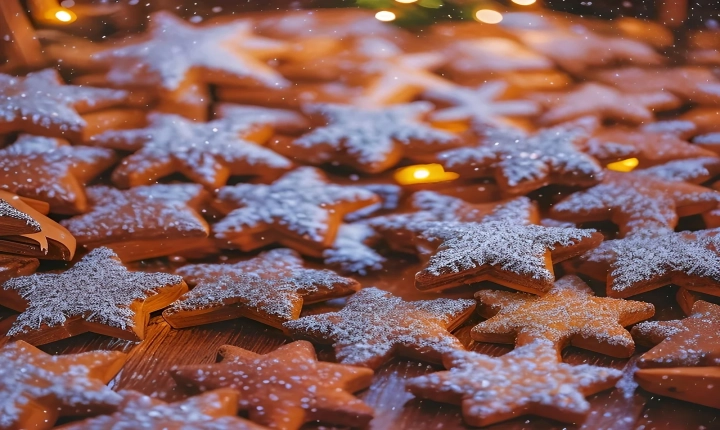Title: The Future of Art: Can AI Produce Truly Creative Drawings?
Artificial intelligence (AI) has continued to make groundbreaking advancements in various fields, including art. From creative writing to music composition, AI has demonstrated its ability to produce work that is both technically proficient and, in some cases, remarkably creative. Now, with the ability to generate images and drawings, AI is poised to revolutionize the art world even further.
The concept of using AI to create visual art is not entirely new. Generative Adversarial Networks (GANs) have been employed to produce realistic images, and machine learning algorithms have been trained to mimic the styles of famous artists. However, the question remains: can AI produce truly innovative and original drawings that rival the work of human artists?
One development that has captured the attention of art enthusiasts and technologists alike is the emergence of AI-based drawing platforms. These platforms allow users to input a description or concept and then the AI generates a corresponding illustration. This raises the question of whether AI can truly understand and interpret the nuances and subtleties of human imagination.
The ability for AI to understand and depict complex concepts is an ongoing area of research. However, recent advancements in natural language processing and image recognition have enabled AI to better comprehend abstract ideas and translate them into visual representations. As a result, AI-generated drawings can range from landscapes and portraits to fantastical creatures and imaginative scenes, demonstrating an expanding capacity for creativity.
One of the criticisms of AI-generated art is the concern that it lacks the depth and emotion that human artists infuse into their work. While it is true that AI does not possess emotions or personal experiences, it is capable of emulating a wide array of artistic styles and techniques. AI algorithms can be trained on vast amounts of artistic data, allowing them to produce drawings that bear the hallmarks of various art movements, from impressionism to surrealism.
Furthermore, the potential for collaboration between human artists and AI is an exciting prospect. By working in tandem with AI, human artists can harness its computational power to explore new creative possibilities and push the boundaries of traditional art forms. This synergy between human creativity and AI innovation has the potential to yield groundbreaking artistic expressions that would have been unattainable through human effort alone.
It is important to acknowledge that AI-generated art raises questions about authorship, originality, and the nature of creativity. As AI continues to evolve, discussions about the ethical and philosophical implications of AI-generated art will undoubtedly become more prominent.
In conclusion, while AI-generated drawings may not yet possess the depth and emotional resonance of human-created art, they are undeniably pushing the boundaries of what is possible in the realm of visual creativity. As AI technologies continue to advance, the potential for AI to produce truly innovative and original drawings that captivate and inspire audiences is becoming increasingly feasible. The intersection of AI and art represents an exciting frontier that has the potential to reshape the art world in profound and unexpected ways.
